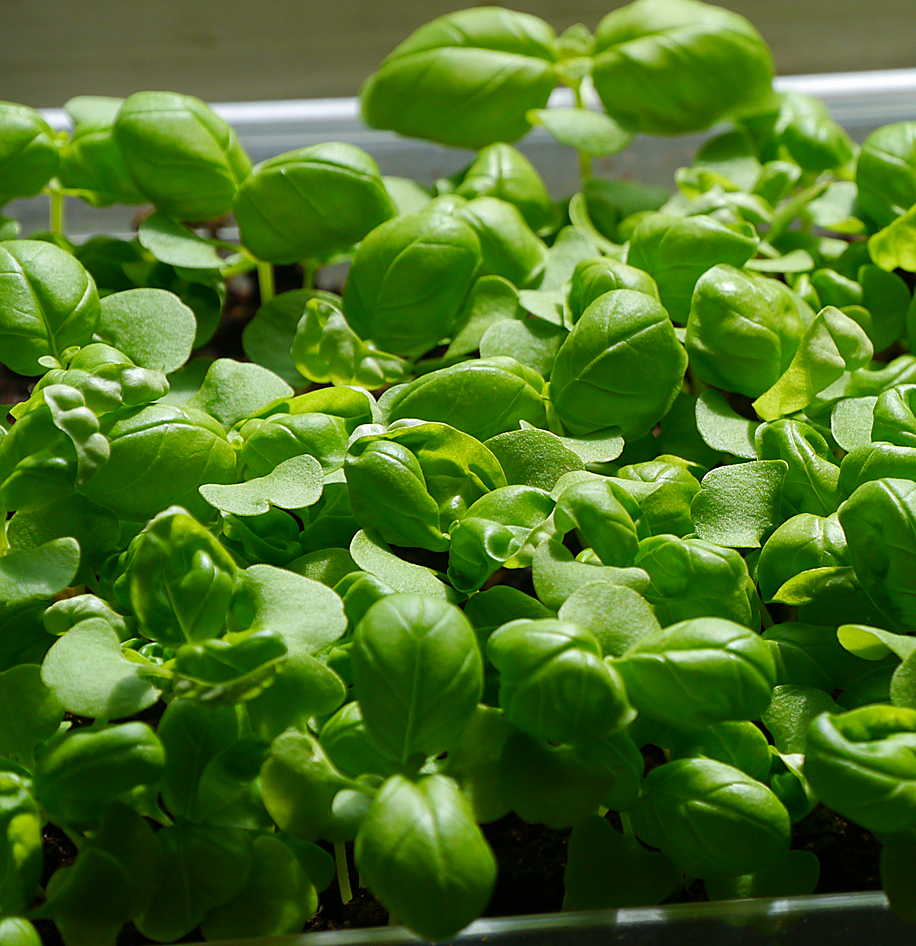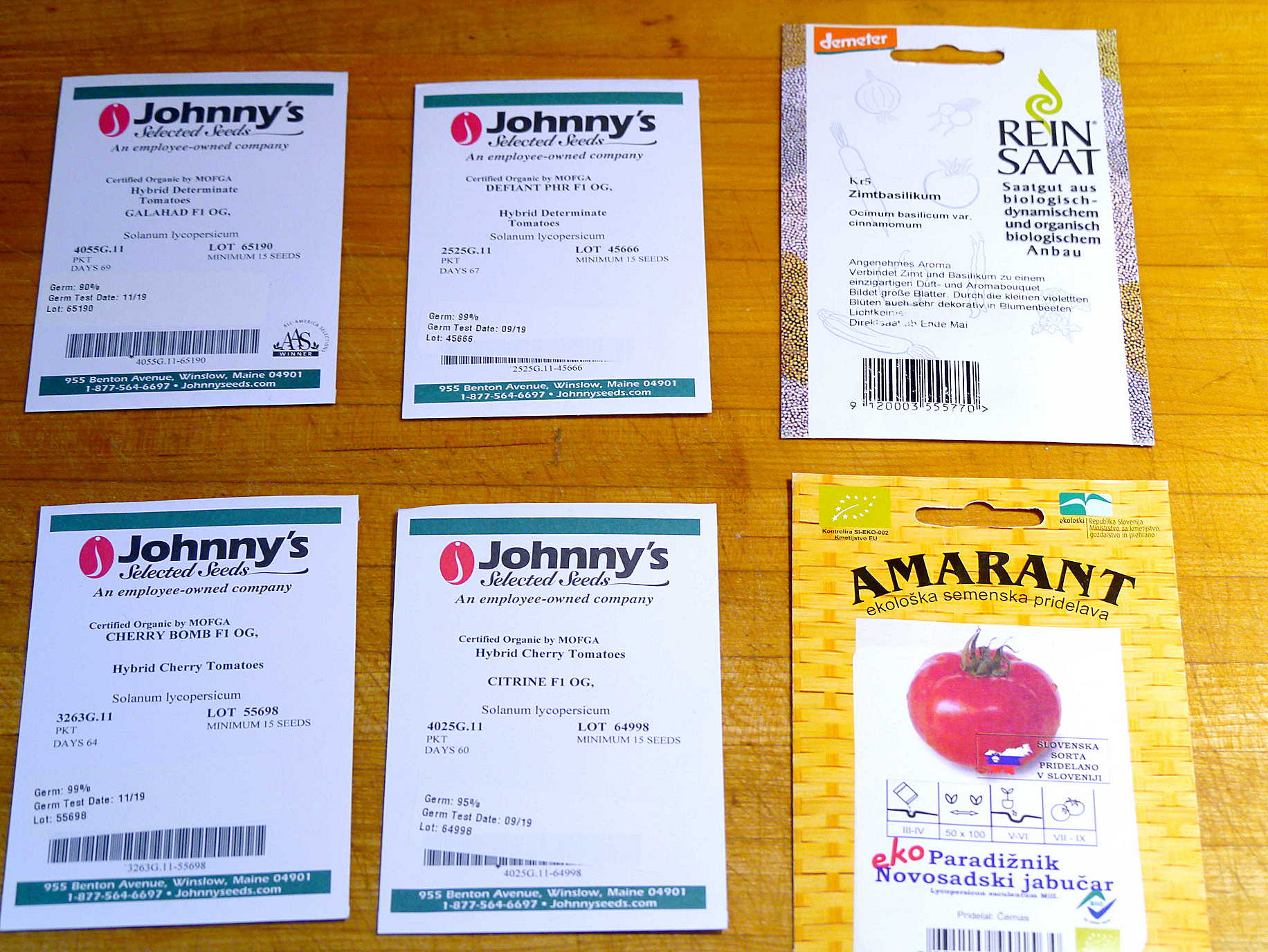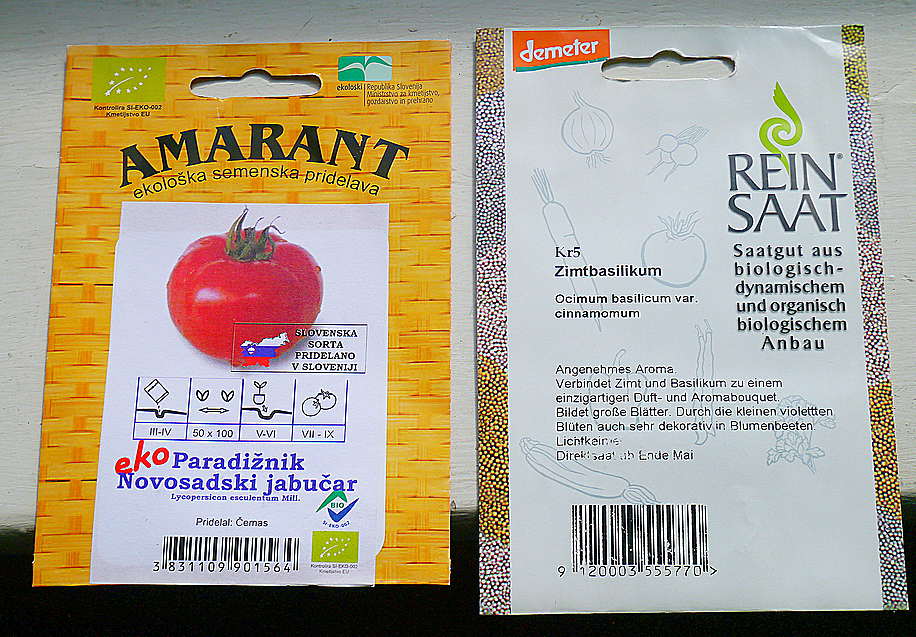At the cusp of March and April in this pandemic year of 2020, it’s time to face the future. We are still four to five weeks away from the last frost here in Zone 6 (Cambridge, Massachusetts). And although we are being told that the incidence of illness will only continue to climb for the next few weeks, it’s time to plant. The rhythms of the seasons are oblivious to human care.
 The new moon arrived last week, so I began to chart the summer garden. On the previous new moon I planted basil. Nurtured in a cold stairwell under a glass skylight, the sprouts turned into seedlings and have grown tough and sturdy under the adversity of cool temperatures. In my urban apartment building, it’s as close as I could get to an unheated greenhouse. But I know basil will always pull through. Because we eat enough basil to qualify as a green vegetable in our diet, I make sure I have lots of plants to transfer into my community garden plot.
The new moon arrived last week, so I began to chart the summer garden. On the previous new moon I planted basil. Nurtured in a cold stairwell under a glass skylight, the sprouts turned into seedlings and have grown tough and sturdy under the adversity of cool temperatures. In my urban apartment building, it’s as close as I could get to an unheated greenhouse. But I know basil will always pull through. Because we eat enough basil to qualify as a green vegetable in our diet, I make sure I have lots of plants to transfer into my community garden plot.
Starting tomatoes is another story. Tomatoes are the most expensive of the summer vegetables, which is one reason to grow them. They taste best eaten right after picking, which is another reason. And Pat and I are fussy about which tomatoes we like, which is the main reason for starting our own. I mostly buy from Johnny’s Selected Seeds (johnnyseeds.com), in part because the Maine company’s selections are well adapted to my growing conditions.
You say toe-may-toe, I say toe-mah-toe
My prime tomato is a North Carolina-bred F1 hybrid, Defiant, that produces abundant fruit over a long period. I always add a red cherry tomato and either a yellow or orange one for salads and risottos. (This year, it’s Cherry Bomb and Citrine.) And then there are a few experiments to see what else might become a regular. This year, I ordered a promising beefsteak from Johnny’s called Galahad. We’ll see. Beefsteaks in an urban environment risk being attacked by rodents before they are big enough to harvest, but hope springs eternal.
In keeping with our HungryTravelers commitment to bringing the tastes of travel back home, I also started some seeds that I purchased last fall in Ljubljana, Slovenia. One is a tomato whose name (Paradižnik Novosadki jabučar) translates roughly as ‶cider apple tomato of Novi Sad.″ It is, presumably, Serbian in origin since Novi Sad is in Serbia these days. The seed is certified biodynamic under EU standards. The other plants are cinnamon basil from the Austrian seed company Reinsaat (reinsaat.at). It is Demeter certified as bio-dynamic. After all, why do you think I planted on the new moon?
All the seeds germinated in less than a week and the seedlings are growing strong. In five to seven weeks, they will go outside to harden off. When the soil temperature reaches 50°F, they will go into the garden.
There will be a future—I’m counting on it. And the summer will be full of basil and tomatoes.


